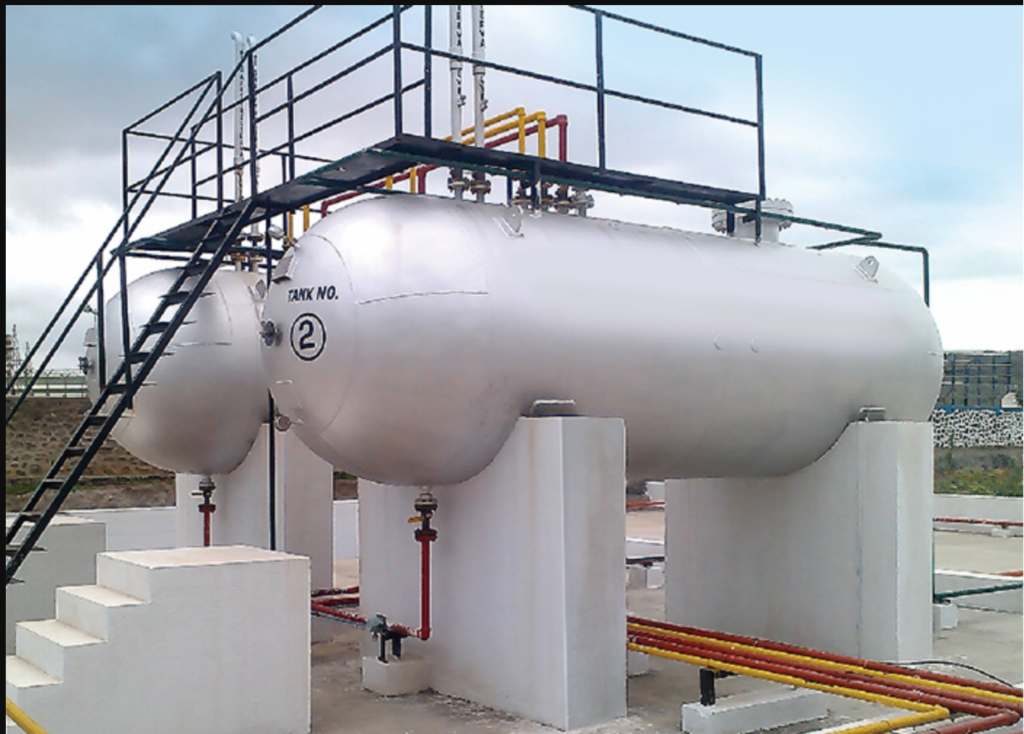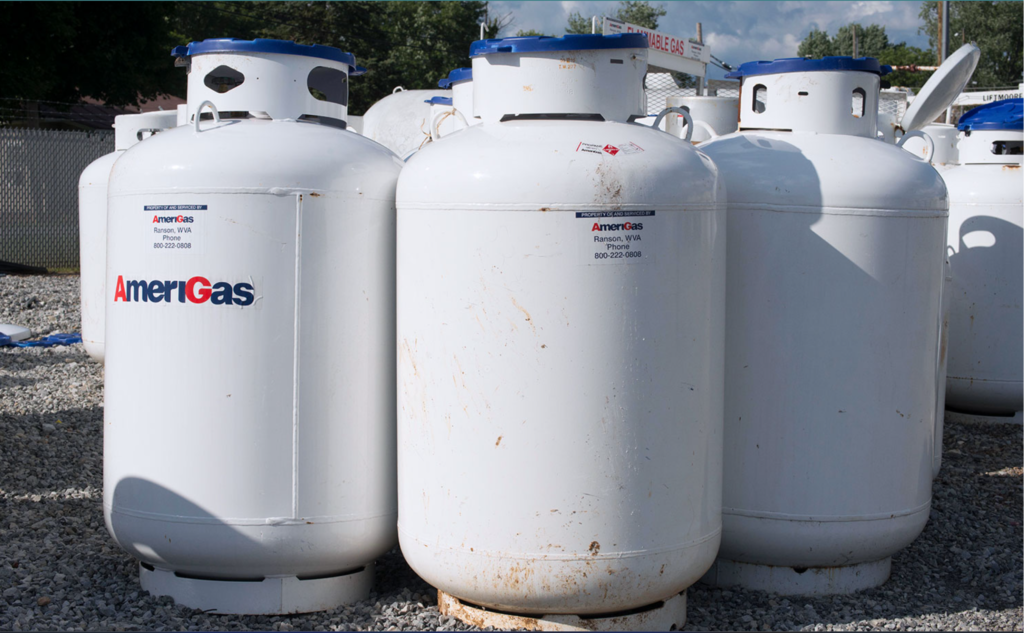In the realm of household energy both propane and natural gas serve as vital resources for heating, cooking, and powering various appliances. Yet, one notable difference lies in how these gases are stored. Propane is commonly found in household tanks, while natural gas, on the other hand, isn’t typically stored in the same manner. Unraveling the reasons behind this distinction provides insights into the characteristics and applications of these two popular sources of energy.
Propane vs. Natural Gas
- Boiling Points:
- Propane: Propane has a boiling point of -44°F (-42°C) at atmospheric pressure.
- Natural Gas (Methane): Methane, the primary component of natural gas, has a much lower boiling point of -260°F (-162°C) at atmospheric pressure.
- Implication: Methane needs to be cooled to an extremely low temperature to turn into a liquid suitable for storage.
Also read : Nature’s Resilience: Why Trees Don’t Freeze And Burst In Winter Like Cold Pipes

- Molecular Structure:
- Propane: Propane molecules consist of three carbon atoms bonded with eight hydrogen atoms. It has a more complex structure.
- Methane: A methane molecule consists of just one carbon atom bonded to four hydrogen atoms. It is simpler and more symmetrical.
- Symmetry Matters: Methane’s high degree of symmetry means it lacks a permanent electric dipole. Unlike water, which bonds through permanent dipoles, methane relies on the London dispersion force or van der Waals force for weak bonding. This requires extremely low temperatures for liquefaction.

- Storage Methods:
- Propane: Household propane is typically stored under high pressure rather than at low temperatures. To keep propane in a liquid state at room temperature (around 70°F or 21°C), it is held in a tank at a pressure of approximately 850 kPa.
- Natural Gas: Storing methane as a liquid at room temperature would require a tank capable of maintaining a pressure of about 32,000 kPa. Ordinary household metal tanks cannot withstand such high pressures.
- Distribution: Instead of individual household tanks, natural gas is processed and stored at refinery plants. It is then pumped to households in the gas state through pipelines.

Image source :Griffth energy service
Conclusion:
The choice between storing propane in household tanks and relying on a continuous supply of natural gas through pipelines reflects the diverse characteristics and applications of these energy sources. From energy density and storage pressure to safety considerations and infrastructure availability, each factor plays a crucial role in determining the most practical and efficient storage solution for residential energy needs.
Frequently Asked Questions (FAQs)
Q: Why is propane commonly stored in household tanks while natural gas is not?
A: Propane is stored in household tanks because it is a liquefied petroleum gas with a higher energy density, allowing for efficient storage in a compact form. Natural gas, being in a gaseous state, is typically distributed through pipelines without the need for on-site storage.
Q: What is the fundamental difference between propane and natural gas in terms of physical state?
A: Propane is a liquefied petroleum gas, while natural gas, primarily composed of methane, is in a gaseous state at room temperature and atmospheric pressure.
Q: Why does propane have a higher energy density compared to natural gas?
A: Propane has a higher energy density, meaning more energy can be stored in a given volume of propane compared to the same volume of natural gas.
Q: How is propane transported and distributed to households?
A: Propane is often transported and distributed in portable tanks, making it a versatile energy source for households located in various settings.
Q: Why is natural gas not stored in household tanks like propane?
A: Natural gas is not stored in household tanks because it is a low-density gas typically distributed through a network of pipelines, eliminating the need for on-site storage.
Q: What is the role of storage pressure in the choice between propane and natural gas storage?
A: Propane is stored under relatively higher pressure compared to natural gas, allowing for more efficient use of space when stored in household tanks.
Q: How is the safety of propane and natural gas storage ensured?
A: Propane storage systems are designed with safety features to withstand pressure and prevent leaks. Natural gas, distributed through pipelines, is regulated with safety measures such as odorants to detect leaks.
Q: In what scenarios is propane storage in household tanks more practical?
A: Propane tanks are more practical in areas without access to a natural gas network, such as remote or rural locations, where on-site storage is essential for energy supply.
Q: What role does infrastructure availability play in the storage choice between propane and natural gas?
A: Areas with a well-established natural gas pipeline infrastructure typically do not require on-site storage. Propane tanks become more practical in locations without access to a natural gas network.
Q: Can users control their propane usage with on-site tanks, unlike natural gas users?
A: Yes, users with propane tanks have direct control over their on-site supply, allowing them to monitor and manage their propane usage. In contrast, natural gas users rely on a continuous supply delivered through pipelines without direct control over on-site storage.
Also read : The Fragile Bond: Understanding Why Mother Birds May Abandon Touched Chicks




































